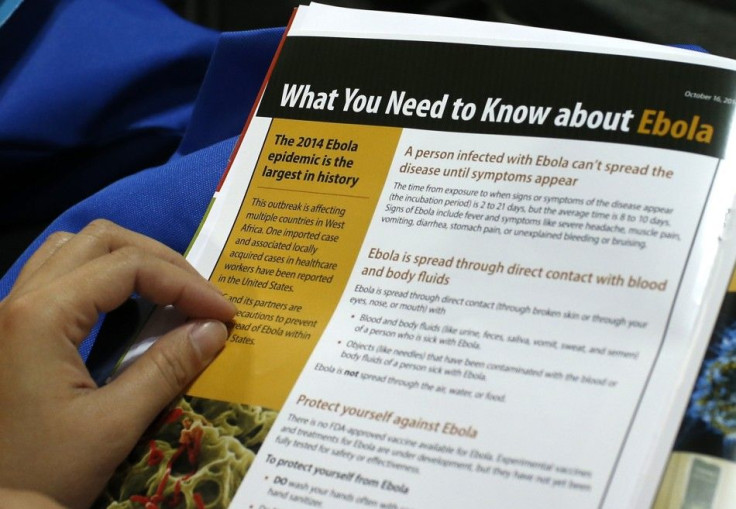Experts Warn 8.2 Million People To Lose Health Insurance If US Supreme Court Decides Against Obamacare

A study by the Urban Institute estimates that 8.2 million people in the U.S. would lose their health insurance if the Supreme Court decides against Obamacare.
The 8.2 million is broken down into 6 million whose access to federal subsidies would be cut off, 445,000 enrolled in the Children’s Health Insurance Program, 300,000 listed in employer-based plans and 1.2 million who don’t qualify for subsidies, reports the Fiscal Times.
Besides the 8.2 million who would lose their insurance, insurance premiums would jump and medical institutions would absorb higher costs as uncompensated care increase in number dramatically.
The study said that with health insurance, the 8.2 million would spend about $27.1 billion in 2016, but if their coverage is lost, they would cut on health expenses to a bare minimum $5.3 billion, leaving the hospitals to absorb $12 million as uncompensated care.
The bulk of the uncompensated care are trips to the emergency room by uninsured people.
The court is expected to issue its decision in June, although there are no indications how it would vote. Oral arguments are scheduled on March 4.
The case, King v Burwell, questions the eligibility of people who buy coverage on the federal exchange since the law allows subsidies only through exchanges established by states. But the White House insists that Congress passed the Affordable Care Plan with the intention to help anyone who qualifies, reports Washington Post.
The District of Columbia and 16 states have created their own exchanges, but Nevada, New Mexico and Oregon are experiencing technical glitches and use the federal exchange. The 34 other states rely on the federal exchange.
The average premium is $268 a month, down 72 percent because of subsidies. Most of those who enrolled are working as day-care aides, waiters, bartenders, retail clerks, self-employed and retirees who aren’t covered through their jobs.
Individuals who earn $11,500 to $46,680 or a family of four with an income of $25,850 to $95,400 per year qualify for subsidies.
To contact the writer, email: v.hernandez@ibtimes.com.au






